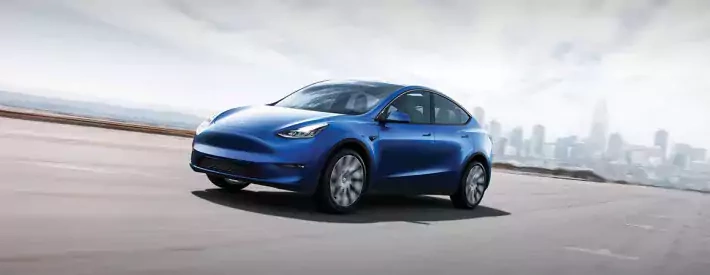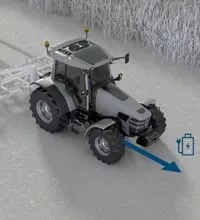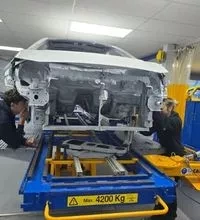How it works…Tesla’s new battery technology

EVs will need to develop quickly if they’re going to meet the many and varied needs of the motoring population. Battery technology is one crucial area where improvements need to be made and Tesla thinks it has made a breakthrough
Existing lithium-ion (Li-ion) battery cells used in EVs are an advanced technology, but even a small improvement translates into better range, meaning more miles between recharges.
Tesla recently patented a new battery cell that Elon Musk, in his own special way, described as “way more important than it sounds”. The 80mm tall battery cell is described as ‘tabless’, and Tesla claims that it will offer significant improvements against the existing tech, including five times the energy storage, six times the power and a 16% increase in that all-important range. Even if these figures are a little exaggerated, they’re still a step change.
Most battery cells resemble a Swiss roll, with the cathode, anode and separators all rolled together in a spiral. The cathode and anode use tabs to connect to the positive and negative terminals of the cell cannister. The current flows through these tabs to connectors on the outside of the battery cell. The level of resistance in the tabs is particularly important because it causes heat loss, which increases with distance. If the current has to travel all the way along the cathode or anode to the tab, the losses start to add up.
Tesla’s new patent is called “Cell with a tabless electrode” and follows a helical design. In the application, Tesla wrote: “The cell includes the first substrate, the inner separator and the second substrate in a successive manner, all rolled about a central axis.”
The diameter of the new cell is double that of the existing ones used in the Tesla Model 3 and Model Y vehicles. A standard Tesla battery pack consists of 2,170 Panasonic cells, which are produced at the Tesla Gigafactory in Nevada.
Doubling the diameter of a cell increases the volume by four. Therefore, if the new volume is used efficiently – by reducing the number of tabs, for example – capacity is increased significantly. Costs are also reduced because there are fewer casings and cells per pack. Up to 1,000 of these new cells could be used in a battery pack.
This relatively simple change – a larger cell with a tabless design – could result in significant improvements in overall performance. It is quite likely that material and chemical changes will also be made. This really could be the sort of step change that Tesla is suggesting.
So, as we head towards roads filled with EVs, it’ll be a good idea to keep an eye on how battery technology develops. It’s going to have a huge impact on the cars of the future and how far they can travel. And not just Teslas...




